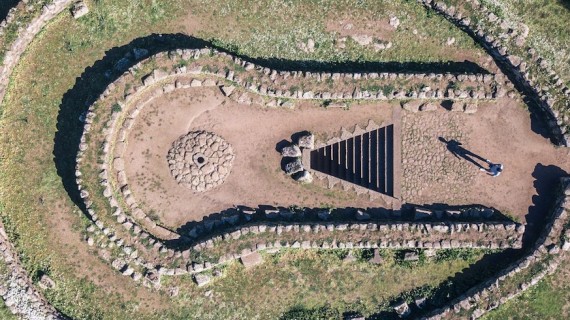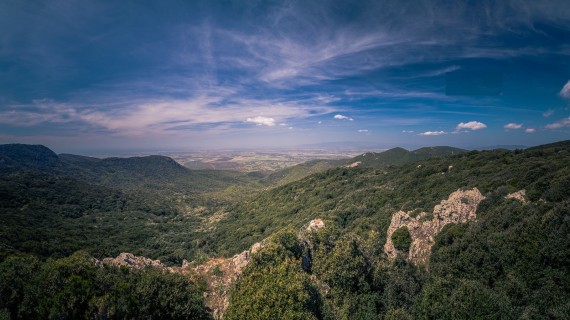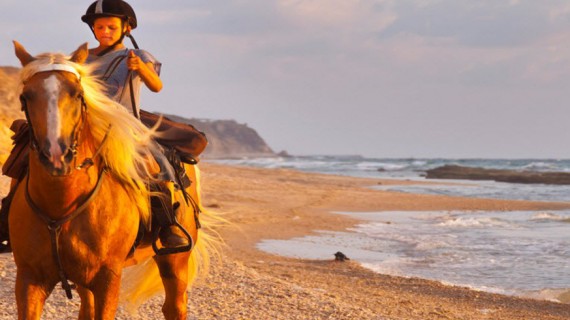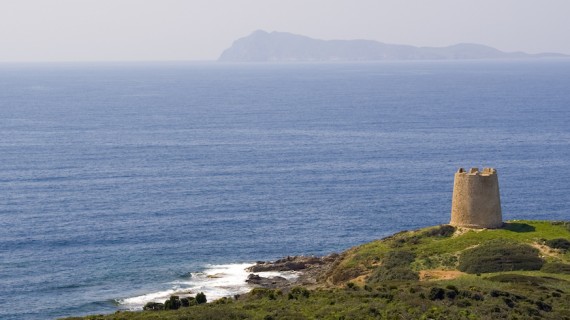This is a story of rebirth; a story that tells how people fought to give relevance to the small village of Paulilatino, located in the heart of Sardinia. Let’s discover this magical place together.
According to the Sardinian language, “Bisos” means “dreams“. We’re going to tell you the story of this ancestral home and how its inhabitants made their dream come true.
Paulilatino is located in the center of Sardinia. This place is far away from the typical mass tourism of the Costa Smeralda. Discover the wild nature of the Sardinian hinterland.
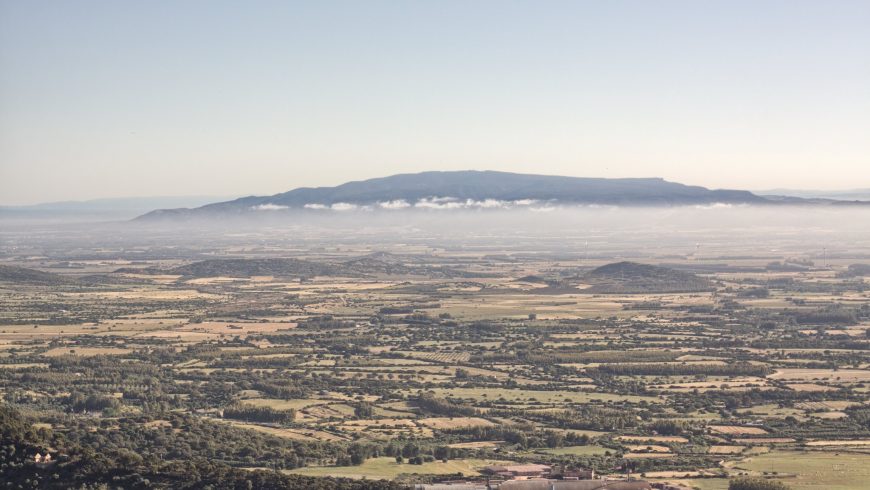
Paulilatino, a small village with so many things to see
Bisos was born in Paulilatino, a small village of 2300 inhabitants, in the province of Oristano. As a matter of fact, this village occupies the southern part of the basaltic plateau of Abbasanta.
In addition, it is surrounded by cork trees, olive groves, and vineyards. During the Middle Ages, the small village was the main center of the ancient region named Guilcer.
Paulilatino boasts unspoiled views and a lot of prehistoric evidence: there are 110 Nuragic sites, including the Sanctuary of Santa Cristina (XII-VIII century BC). It is 4km far from the village and it is surrounded by a park with secular olive trees.
What’s more, it was the rural church of Santa Cristina, dating back to the 11th century, which gave the name to this park.
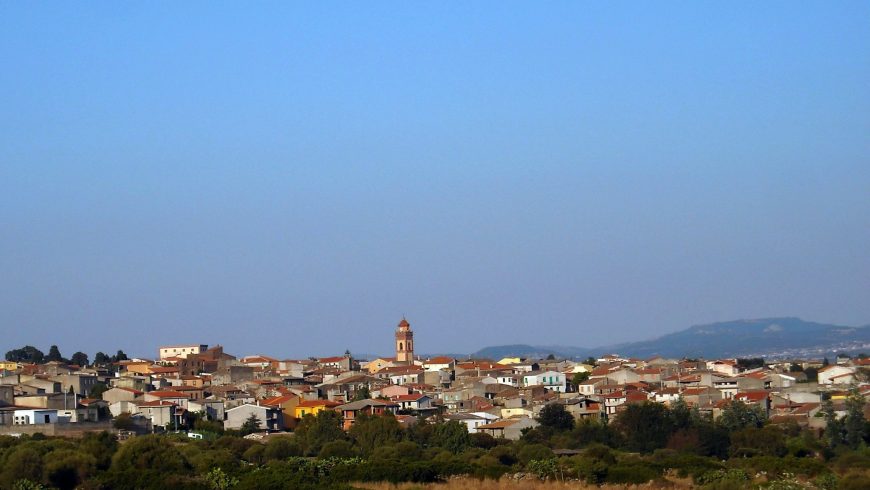
Bisos rises in an open-air museum. Therefore, it is a magical place full of stories, of scents of home-made cakes in the air, of the sounds of ringing bells on holidays.
Let’s discover together the incredible story of Bisos and its way to welcome its guests.
Bisos, ancestral home restored to revive Paulilatino
Bisos, this ‘800s residence belonging to the Urgu Family for almost 200 years, rises in a green environment.
At first, it has been restored with advanced green building techniques, in an ecological and sustainable way. Consequently, these ecological techniques and materials contributed to make the building more functional and with higher performances. At the same time, they managed to preserve its historical and architectural heritage.
Secondly, Bisos maintains the architecture of a traditional mansion, both in the structure and in the choice of furnishings, whose realization involved many local craftsmen.
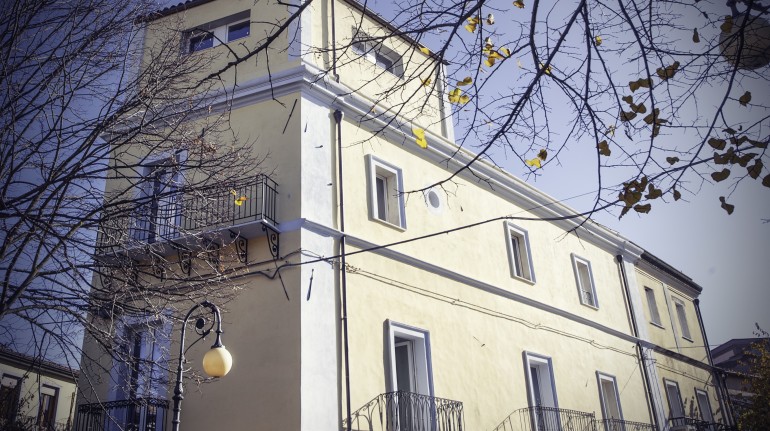
There are six rooms (and one more for people with disabilities). Each room took its name from the names of colors in the Sardinian language.
Moreover, they’re all embellished with painted ceilings and special floors dating back to the first decades of the ‘900. In one room you can find some bricks from 1860, the first industrial products coming from Marseilles.
The Sardinian culture inspired the furniture. For example, the handcrafted curtains or the colorful wools around the headboards of the bed.
The bedspreads are made of orbace wool, as well as the blankets, still used today to keep the temperature high while making homemade bread. Furthermore, the curtains are made of a light fabric, which recalls the one used once to cover the bread.
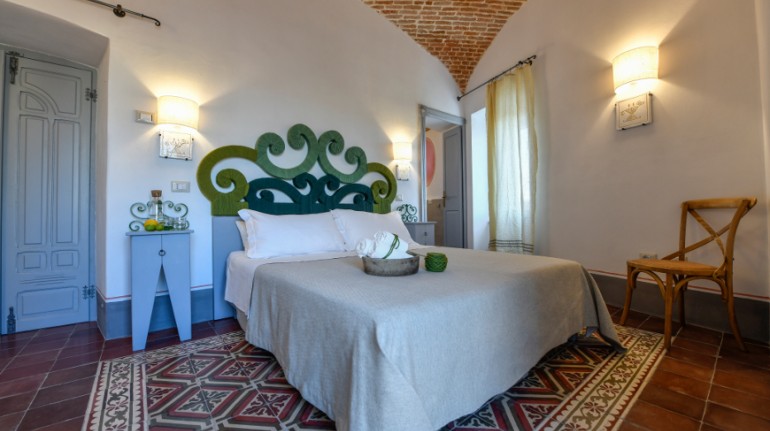
Here, you’ll find the right way to experience Sardinia in an authentic way. Moreover, you’ll get in touch with its ancient tradition and its several stories.
An eco-friendly accommodation
If you’re green travelers and you want to reduce your negative footprint on holidays, Bisos is the perfect place.
- The structure has insulation with wood fiber, lime plasters, wooden windows equipped with glass to prevent overheating, the thermal system that transmits heat and cold through the floor, the ceiling and the walls.
- Bathrooms have water-saving taps.
- The structure uses only natural detergents.
- In addition, the structure uses only LED bulbs for lighting and the whole system has sensors for automatic switching off.
- In the near future, a photovoltaic system on the roof will produce almost all the energy.
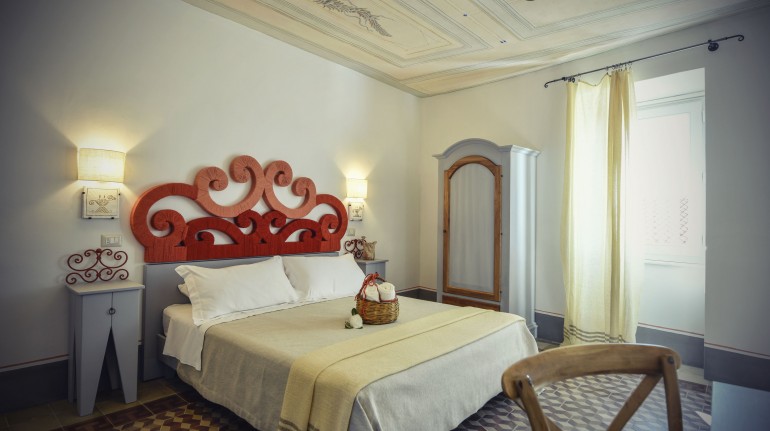
The “Albergo Diffuso”, an innovative concept of hospitality
Bisos uses the “Albergo Diffuso“, an Italian concept of hospitality on-trend on the tourism market: Francesco Urgu, bio architect and creator of the Bisos project, wanted to involve the whole community.
Paulilatino and its surroundings are full of cultural, archeological and natural resources. Consequently, that’s what makes this place perfect for green travelers.
On one hand, Bisos aims to suggest an idea of accommodation which involves all the inhabitants; on the other hand, they want to give their guests the opportunity to discover the everyday reality of the place and its authentic lifestyle.
The idea of sustainable tourism was what inspired Francesco Urgu to create this project. The first step to involve the whole community is to use widespread catering. There’s no restaurant here. As a result, guests can have lunch or dinner at local houses. This is an enjoyable way to learn about typical Sardinian dishes and get in touch with local history and traditions.

Francesco claims that, in order to encourage the local economy, we need more concepts like Bisos. As a matter of fact, Paulilatino saw a higher number of travelers who wanted to discover the village and its beautiful landmarks. For instance, the Sanctuary of Santa Cristina, with its sacred well and the fascinating worship of the waters or the Sos Molinos waterfall, which is about fifteen kilometers from Bisos.
Did you like the story of Bisos and the small village of Paulilatino? We are looking forward to hearing your opinion.
Cover image: Monte arci, photo by Maurizio littera via flickr
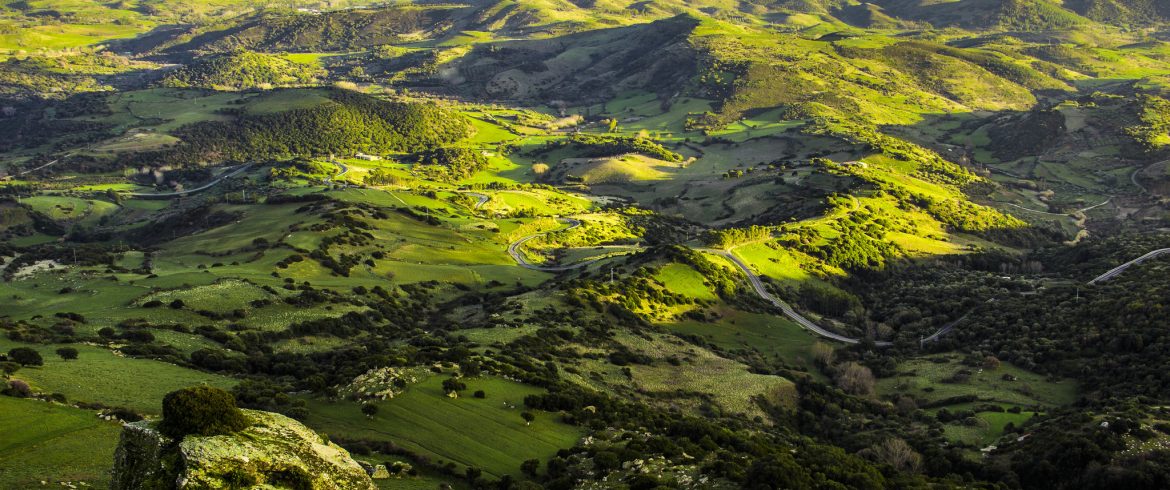
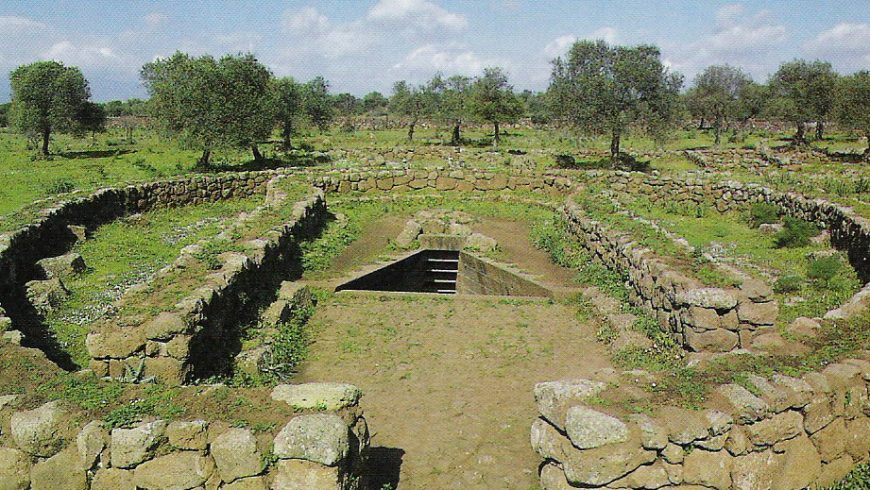
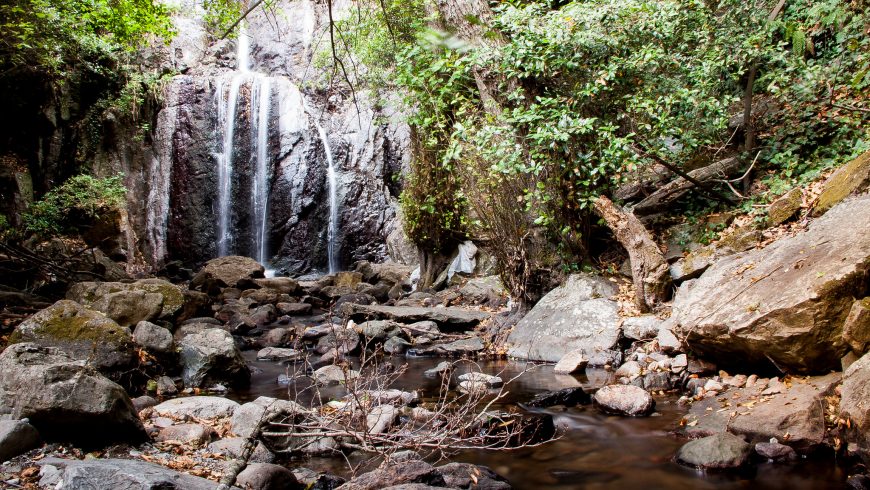
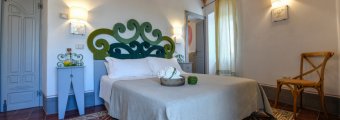 BISOS Ospitalità Diffusa Eco – Green Albergo diffuso in Paulilatino, Oristano, Sardinia, IT
BISOS Ospitalità Diffusa Eco – Green Albergo diffuso in Paulilatino, Oristano, Sardinia, IT 